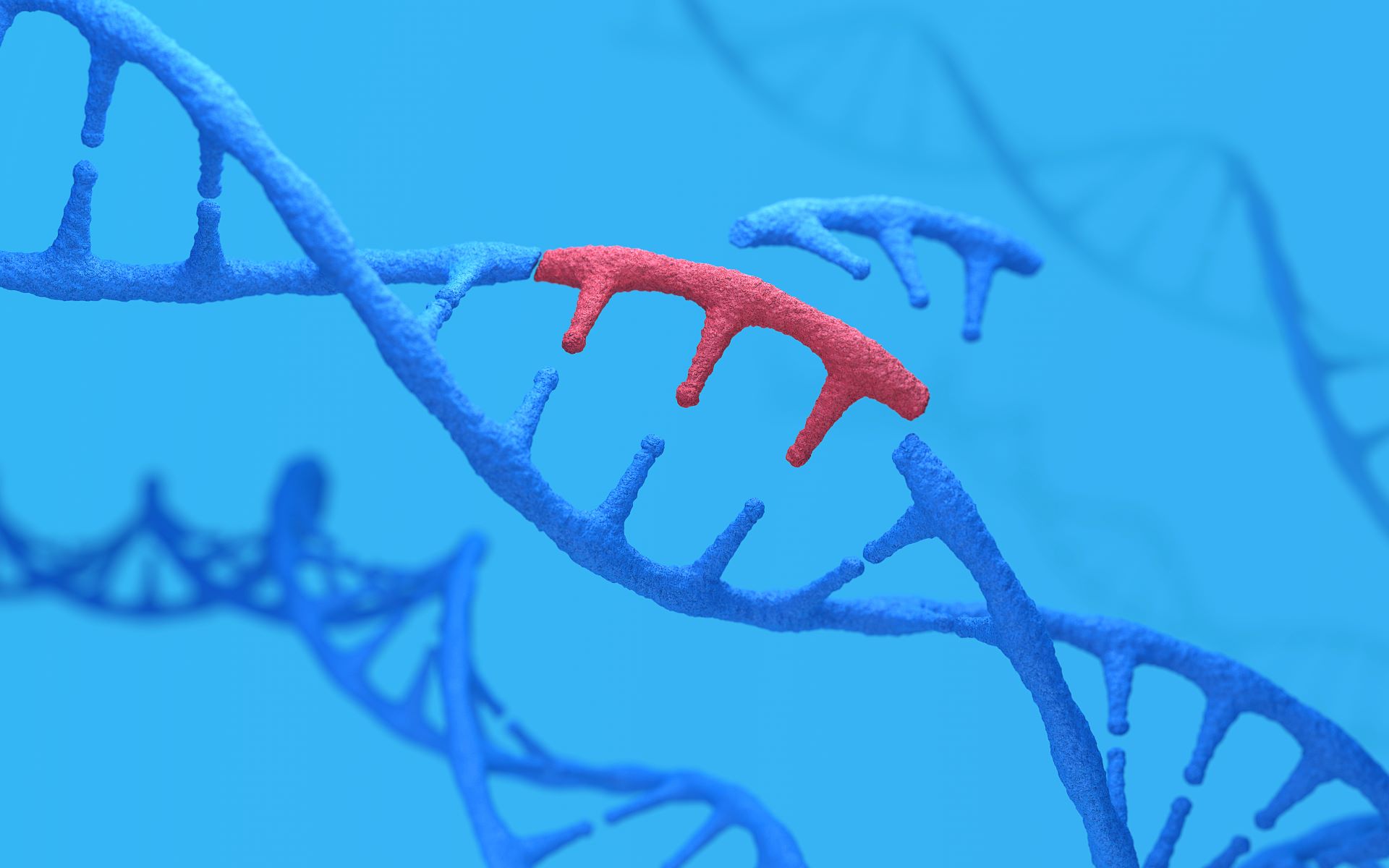Should an SSI Recipient Refuse an Inheritance?
When an SSI beneficiary finds out that they will receive an inheritance, their first reaction may be to refuse it. But this r...
Read more Special Needs Answers
Special Needs Answers
 Takeaways
TakeawaysIn August, the Social Security Administration (SSA) expanded its Compassionate Allowances list by adding 13 new conditions to expedite disability benefits for individuals living with some of the most severe and immediately disabling health conditions.
In a press release on the SSA website, SSA Commissioner Frank J. Bisignano said, “By adding these 13 conditions to the Compassionate Allowances list, we are helping more people with devastating diagnoses to quickly receive the support they need.”
The Compassionate Allowances (CAL) initiative is designed to fast-track applications for Social Security benefits, such as Social Security Disability Insurance (SSDI) and Supplemental Security Income (SSI), for individuals who are unable to work due to medical conditions that clearly meet SSA’s standards for disability benefits.
Local Special Needs Planners in Your City
Qualifying conditions typically involve severe, life-threatening, or profoundly disabling diagnoses, often with a high probability that the impairment will last at least 12 months or result in death.
By adding the following 13 conditions, the SSA brings the total number of conditions on its CAL list to 300:
Since the inception of the CAL initiative, over 1.1 million people with severe disabilities have been approved through this accelerated disability process. Standard disability decisions can take over six months for initial determinations. CAL-qualifying applicants, however, often receive a decision within weeks. By leveraging technology, the SSA can more quickly identify potential CAL conditions when applicants submit their medical records with their applications.
If your condition is on the CAL list, your disability application may be marked for expedited processing. This can mean receiving approval and financial support weeks or even months sooner than with the traditional processing timeline. The streamlined CAL process reduces the burden of prolonged medical documentation reviews, easing the strain on severely ill applicants and their families.
If you or a loved one have one of the 300 conditions on the CAL list, apply for Social Security benefits on the SSA website. You can submit medical records electronically, but you may also want to contact your local SSA office to ensure the CAL designation is applied to your application.
By recognizing 13 additional conditions, the SSA makes it possible for more people to access timely support when they need it most. For applicants, caregivers, and advocates, the CAL initiative remains a vital lifeline by cutting through red tape to deliver prompt, policy-compliant benefit decisions.
For additional reading about disability benefits, check out the following articles:
When an SSI beneficiary finds out that they will receive an inheritance, their first reaction may be to refuse it. But this r...
Read moreThe Social Security Administration?s Compassionate Allowances (CAL) program identifies rare medical conditions that meet its...
Read moreIn certain circumstances the Social Security Administration will fast-track a disability benefits application through a proce...
Read more